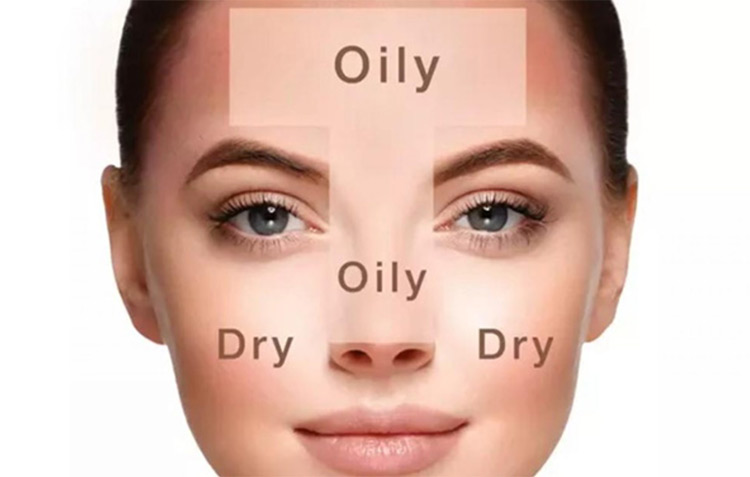
Loneliness is an unfortunate side effect of life that can creep up on anyone. Whether you’re new to a city, are recently single, or simply have few friends, loneliness can leave you feeling isolated and betrayed by your own company.
While negative feelings like loneliness can sometimes be unavoidable, it doesn’t have to be permanent.
If you find yourself in a rut, there are things you can do to combat loneliness and its harmful effects on your health. Here are five ways that loneliness is damaging your health. Fortunately, the negative effects of loneliness can be reversed with time and effort.
The more aware we become of our own negative habits and patterns — especially when it comes to reaching out to others — the easier it becomes to tackle them head-on and prevent them from becoming so entrenched in our lives as to leave us feeling as though we have no one left to love or trust. Here’s how:
Loneliness is Weakening Your Immune System
We’re all familiar with the idea of having “fight or flight” when it comes to our body’s reaction to stress. The same is true when it comes to loneliness.
When we’re feeling isolated or unconnected to others, our body produces a hormone called cortisol that increases our blood sugar and helps us be more alert, so we can better protect ourselves from perceived threats like loneliness.
In the short term, this is a good thing. The problem is that cortisol also weakens our immune system, leaving us more open to colds and infections when we’re alone.
The longer you remain lonely, the more cortisol your body produces and the weaker your immune system becomes. Indeed, studies have found that lonely individuals are three times more likely to catch a cold than non-lonely individuals.
Even if you’re very careful about avoiding germs and washing your hands, your immune system will remain compromised until you’re able to address the underlying cause of your loneliness.
You’re Prone to Developing Depression
Loneliness can also leave you more susceptible to developing depression. While depression can develop for any number of reasons, isolation and loneliness are two of the most common triggers.
When you don’t have anyone to confide in and discuss your feelings with, it becomes much harder to process them in a healthy way.
As a result, they can easily become overwhelming and destructive. Indeed, studies have found that among older people, loneliness is one of the biggest risk factors for developing depression.
The solution is simple; you need to reach out to others and make new friends. When you’re feeling overwhelmed, talking to a friend can help you process your feelings in a healthy way and avoid becoming too burdened by them.
There are also many other benefits to making friends, including an increased sense of purpose, more fulfilling social lives, and reduced stress.
Loneliness is Bad for Your Heart
The same cortisol that weakens your immune system also puts a strain on your heart. In fact, loneliness has been found to be more harmful to your heart than chronic stress and anxiety.
Indeed, a study of over 3,000 people found that those who were lonely were three times more likely to develop heart disease and were six times more likely to die from it than non-lonely individuals.
Loneliness can also increase your blood pressure, blood sugar, and cholesterol levels, which can lead to a higher risk of developing diabetes or contracting other heart-related diseases.
While a healthy diet, daily exercise, and plenty of sleep can help to combat these effects, simply having someone to confide in can be enough to massively reduce their impact.
You’re More Likely to Catch Colds and The Flu
Loneliness can also make you more likely to catch colds and the flu. It’s thought that this is because when you’re lonely, your body releases higher amounts of stress hormones, which can make you more vulnerable to infectious illnesses.
In fact, a study found that just six months of loneliness can weaken your immune system to the point where you’re three times more likely to catch the flu and five times more likely to catch a cold.
The good news is that there are plenty of things you can do to reduce the risk of falling ill when you’re feeling isolated. M
ake sure you get plenty of sleep, exercise regularly, eat a healthy diet, and try to avoid getting stressed out. You can also try reaching out to others, either through online support groups or by making friends in real life.
Bottom Line
Loneliness is an unfortunate side effect of life that can creep up on anyone. Fortunately, the negative effects of loneliness can be reversed with time and effort.
The more aware you become of your own negative habits and patterns, the easier it becomes to overcome them and avoid falling prey to them in the future.
When you’re feeling lonely, the best thing you can do for your health is reach out to others. Make new friends and stay in touch with old ones.
Better yet, seek out a partner with whom you can share your life. With a little effort, loneliness can be defeated. And once you’ve done that, you can start to enjoy the positive effects of living a more connected life.





 As dieters, we all love eating fruit throughout the year, especially a nice fresh selection out of the cooler — so much so that having the recommended 2 to 3 servings of fruit per day is easy.
As dieters, we all love eating fruit throughout the year, especially a nice fresh selection out of the cooler — so much so that having the recommended 2 to 3 servings of fruit per day is easy.